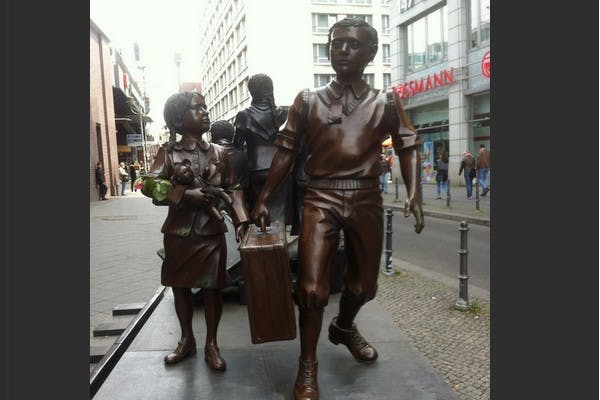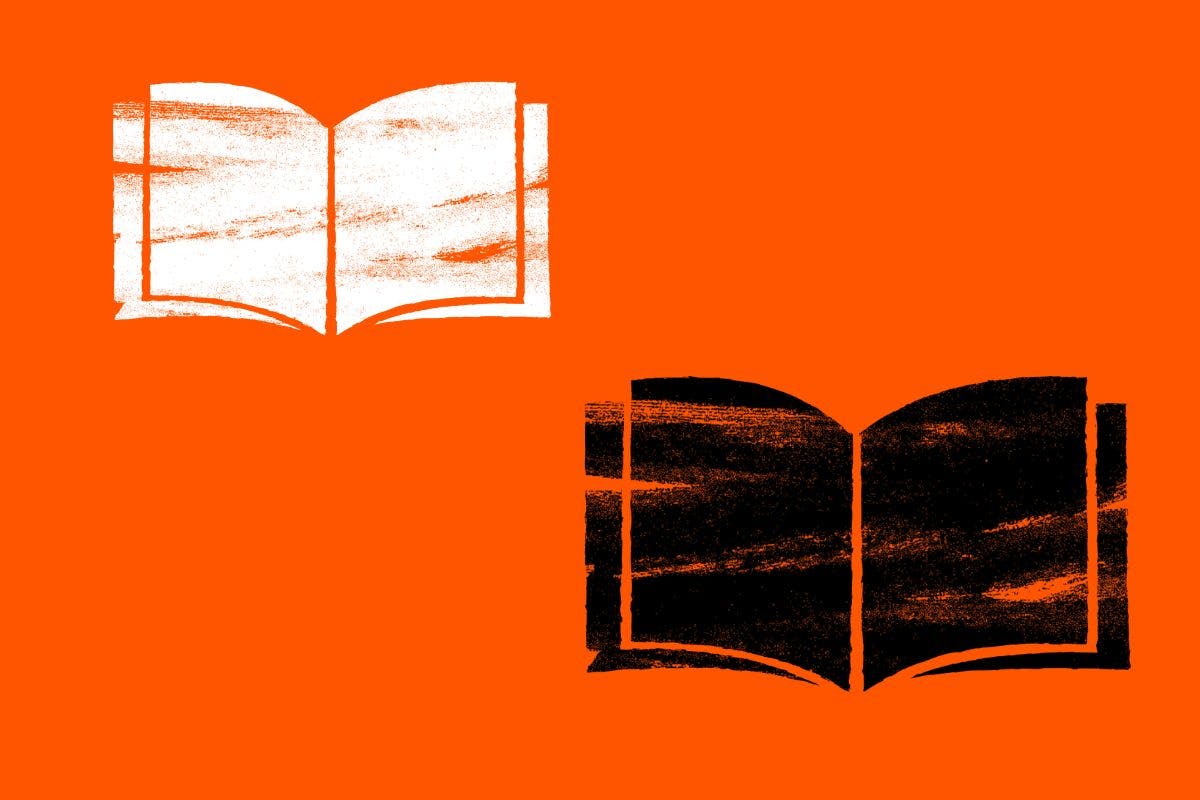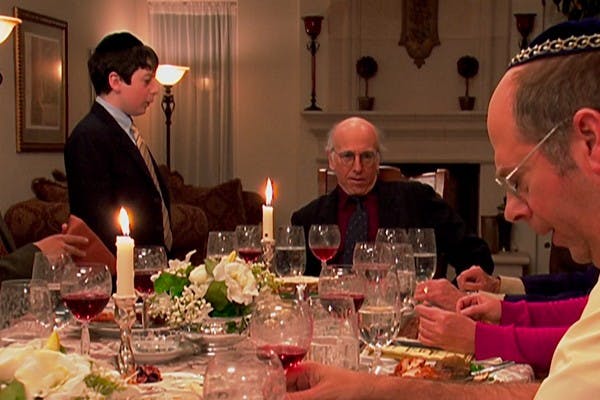Published: 26 January 2024
Last updated: 28 March 2024
BOOK REVIEW
The Kindertransport - What Really Happened,
by Andrea Hammel (John Wiley)
Reviewed by Caroline Baum
With each successive anniversary, the rough around the edges story of the Kindertransport have been polished with a smoothing patina of sentiment. As the Kinder generation disappears, there is an understandable impulse, driven by their descendants and by some well-intentioned custodians of the narrative, to not only burnish but gild the story as an example of the very best of humanity, illustrating what happens when people are mobilised to act selflessly and come to the aid of strangers who not only speak another language but practise another religion.
I have experienced this first hand. My kindertransport father could not tell the story of the family that took him and his sister in, (after a traumatic false start that he always chose to relate with maximum gothic horror and humour to make it suitably Dickensian) without becoming teary when speaking of their sustained kindness. I recognise the appeal of that narrative trope, but it was by no means universal.
Today more than ever, we seek out stories that demonstrate our capacity to be our better selves; in Britain, currently experiencing a fiercely harsh policy towards refugees, the Kindertransport initiative seems like a fever dream. Since then, the nation appears to have been led to a heart-hardening position, with some exceptions made for Ukrainians.
But with all the literature the Kinder episode has generated, including memoirs, films, plays and fiction, there has rarely been a voice that has challenged the myth with hard evidence and attempted to present a more complete and accurate version of the tumultuous events that brought 10,000 children to the UK from Germany, Austria, Czechoslovakia and Poland, rescuing them from the Nazis.
Now, academic Andrea Hammel, Director of the Centre for the Movement of People at Aberystwyth University in Wales, has written a welcome and rigorous correction of the Kindertransport legend, providing much-needed context for its implementation and stripping away the accretion of romantic sediment.
Andrea Hammel has written a welcome and rigorous correction of the Kindertransport legend.
She does so with a critical eye and a compassionate heart, making this an invaluable resource for anyone who wants to get at a more complete truth about the role of the British Government, the motives of foster families, the impact of separation on both children and parents, the experiences of being fostered both good and bad, the cultural misunderstandings that arose, the legacy of trauma after the war, and much more. If anything, this account makes the story even richer.
Based on 25 years of research, Hammel sets us straight from the start: Kindertransport was not a government-led scheme, it was a response to pressure from concerned citizens. It was not government funded, but under the auspices of charities and the donations of individuals (as the film One Life shows). The £50 bond or guarantee against future expense was a significant hurdle, preventing many more children from being brought to Britain.
There was no vetting of potential foster families, siblings were separated, and there was no attempt at any kind of cultural or religious matching - understandable maybe, given the urgency with which the scheme was set up, but more poignantly, at the end of the war, there was no counselling available to children on learning of the deaths of their parents and any siblings they had left behind.
Children with learning difficulties, mental health issues or disabilities were excluded from the scheme as being too hard to place. And although they are mercifully few and far between, there were cases of sexual abuse by foster parents. Equally tragically, some birth parents were not eager to be reunited with the children they had sent abroad.
Some reunions were difficult, particularly if they involved returning to home soil and parents bearing deep scars of trauma from experiences in the camps. The myth wants us to believe that all Kinder were over-achievers who made significant contributions to British life out of a sense of gratitude but Hammel that documents many that failed to thrive and several cases of suicide.
Among the least well-known aspects of the Kindertransport documented by Hammel are the alternatives to individual placements, where children were housed as a group into communal homes in Scotland, Ireland and Wales. In one case this involved a group of 200 children taking over Gwrych, a dilapidated castle and working together to make it habitable.
no mention is made of the parents of Sir Richard and Sir David Attenborough, who took in two sisters.
The scheme was set up by Arieh Handler as an agricultural Zionist training camp (preparing the children for life on kibbutzim) with ties to the local rural economy. Testimonies suggest that education, heating and sanitation at Gwrych were almost non-existent, but the children did learn to grow their own food.
From Hammell, I also learned that some Kinder were interned, including several who made the journey to Australia on the notorious HMS Dunera.
There are a few instances of sloppy or hasty editing overlooking repetition of some details, and a couple of things I would like to have heard more about - notably, in the chapter on religion: my understanding has always been that the Chief Rabbi of the day, Rabbi Schonfeld, issued a harsh statement discouraging Orthodox Jewish families from taking in Kinder as being too assimilated and insufficiently religious.
If this is not the case, I’d like to know where the story originated or whether the evidence of such a statement exists. Among the many examples of families that stepped up without any Jewish connection, no mention is made of the parents of Sir Richard and Sir David Attenborough, who took in two sisters at their home in Leicester and who remained close to the two boys throughout their adult lives, and whose own children have remained in touch. I would also like to have had more information about what other allied nations did - Hammell mentions that Sweden took in 500 children, but what about the rest?
At times painful, at times poignant, this book does an excellent job of getting to the truth of a scheme powered by good intentions but often let down by the fears and prejudices of bureaucracies and officials, and by people who exploited vulnerable children, because they could. As in so any stories of lives interrupted by conflict, luck played its part in the outcome.




